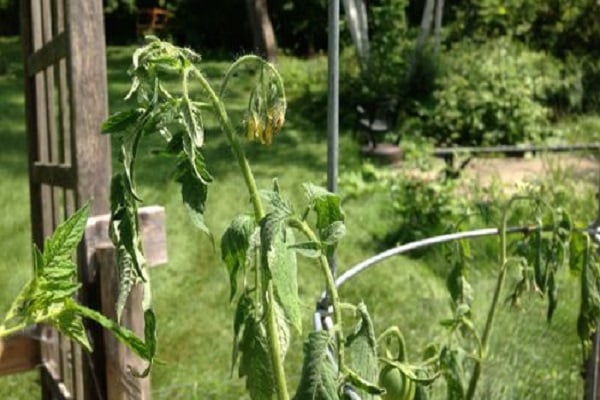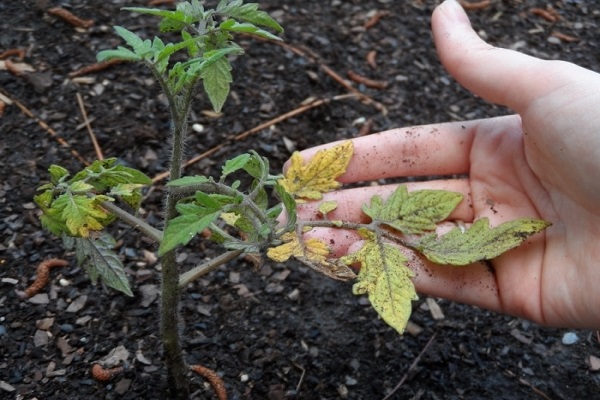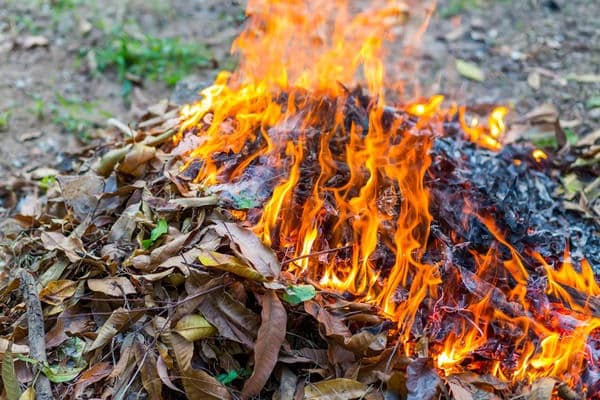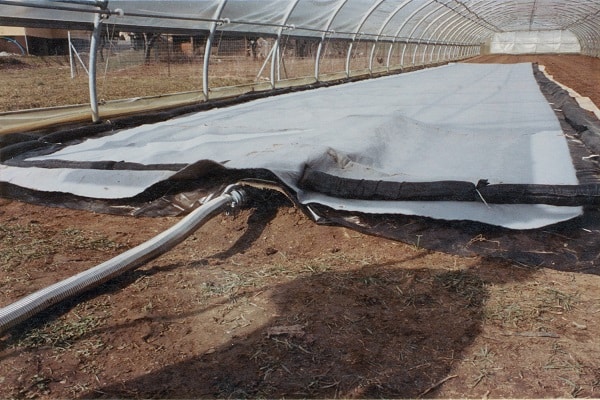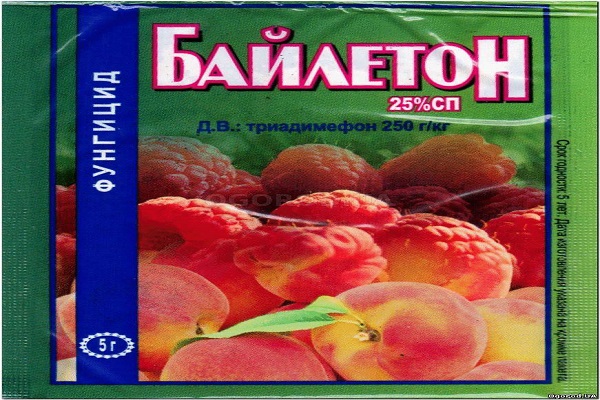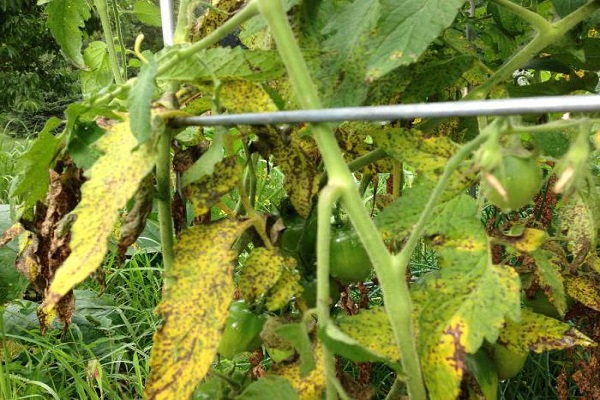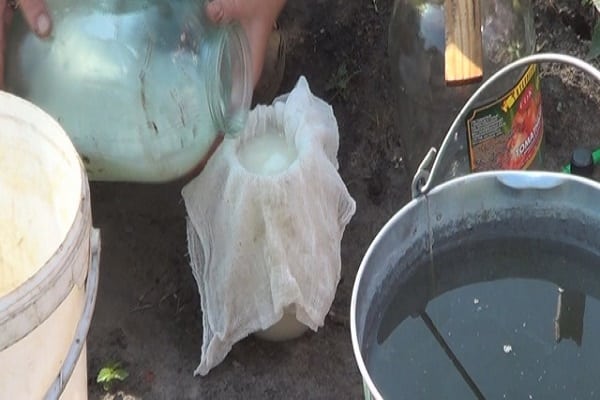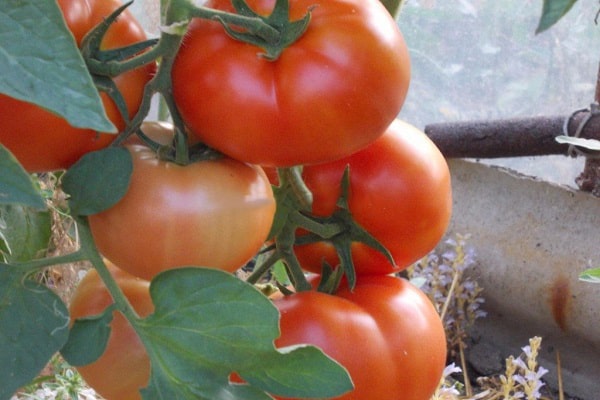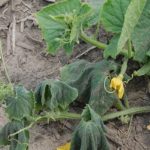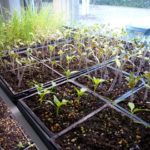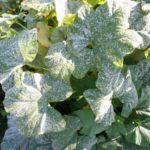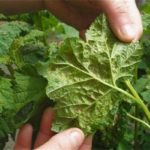If you are sure that there is Fusarium wilt of tomatoes on your site, treatment must be carried out as soon as possible, otherwise the crop may be completely lost. Fusarium wilt, or simply Fusarium wilt, is caused by the development of the Fusarium fungus inside the vascular system of tomato plants. Blocking a plant's conductive system inevitably leads to its death, so it is important to pay close attention to the plants in your garden and, if necessary, take urgent action.
Fusarium Identification
The disease is identified by yellowing lower leaves with whitish veins, then dark spots appear on them. The upper leaves look wilted, curled, and the plants are depressed. On cross-section, the vessels are hard and brown. Fusarium must be distinguished from late blight, which is manifested by blackening of the fruits first and then the leaves. In general, late blight occurs more often in open ground, and fusarium - in greenhouses.
Prevention of fusarium
The fungus spreads easily when planting indeterminate tomatoes. Spores are present in greenhouse and garden soils if crop rotation is not observed. The disease can appear on the site if the soil is treated with tools (hoes, shovels, rakes) that contain particles of contaminated soil. Particular development of the disease occurs in humid and warm weather, with significant amplitudes of day and night temperatures, in thickened tomato plantings. Tiny fungal spores may be present on tomato seeds.
In this regard, the following preventive measures should be observed:
- Maintain crop rotation. Do not grow tomatoes in one place; they can be returned no earlier than after 3 years. You should not plant tomatoes after peppers, eggplants, or potatoes. The best predecessors are plants from the legume, pumpkin, cabbage, and goosefoot families.
- Burn tomato tops at the end of the season.
- Dig the soil deeply in the garden in the autumn.
- Treat tools with disinfectants before each use, including pinning scissors.
- Steam the soil in the greenhouse and before sowing seedlings. Watering the soil with a solution of potassium permanganate is effective.
- To obtain seedlings, sow disinfected seeds. To do this, use a solution of potassium permanganate - soak the seeds for 20 minutes, warming the seeds at 50 OFrom 15-20 minutes.
- Remove lower leaves from plants that show signs of disease.
- In the greenhouse, maintain an even relative air humidity at 60-70%, without jumps in one direction or another.
Treatment of fusarium with chemicals
Tomato fusarium is not difficult to defeat with the help of well-known chemicals, and modern fungicides even more so show very high activity against the fusarium fungus. Let's look at chemicals from simple to complex:
- boric acid – 1 tsp. powder is dissolved in a bucket of water. The solution is watered at the roots of the plants;
- lime - in the fall, add 100 g of lime per 1 m22;
- Trichodermin is a biofungicide that is effective against many fungal plant diseases. Its analogue is Gliocladin. Trichodermin can be applied to the soil in powder form before planting seedlings, or the soil can be spilled with a solution of this drug. Vegetating plants can be sprayed every two weeks. In addition to Trichodermin and Glyokladin, the biofungicides Fitosporin M and Alirin B, Baktofit, Gamair, Pseudobacterin-2, Sternifag, Trichoderma Veride are effective;
- Quadris is a highly effective fungicide against a complex of fungal tomato diseases open and protected ground;
- Optimo is a highly effective modern drug against the rot complex;
- Previkur Energy - water under each bush with a 0.15% solution of the drug;
- Bayleton - diseased plants are sprayed, observing a waiting period of up to 20 days - cannot be sprayed less than 20 days before harvesting;
Treatment of fusarium with folk remedies
Ash helps to cope with fusarium. It is good to mix ash with colloidal sulfur and apply it to the soil after harvesting and removing tomato tops in September. Other folk remedies for spraying tomatoes:
- For 1 liter of milk take 25 g of grated laundry soap and 35 drops of iodine solution;
- chop the head of garlic with a knife or on a grater, pour in 1 liter of warm water, and leave for one day. The infusion is added with water up to 10 liters;
- 1 glass of wood ash is poured into 2 liters of water, add 1 tbsp. l. grated laundry soap. Leave the mixture for two days;
- For 7 parts of water, take 1 part of warm whey, spray without infusion;
- watering and spraying plants with a decoction of onion peels.
In addition to spraying and preventive measures, the application of liquid fertilizer “Effecton-O” helps to cope with fusarium.
Tomato varieties resistant to fusarium
Modern achievements of breeders have made significant progress in overcoming fusarium at the genetic level; they should not be neglected. Selective selection has helped select lines that exhibit natural resistance against damage by the Fusarium fungus. Currently, the following varieties have been entered into the state register, showing high resistance to fusarium:
- for open ground: Bobcat, Aggressor, Ajlun, Biathlon, Izobilny, Imran, Iskander, Kalista, Red Style, Kendras, Lapillo, Sir Elian;
- for indoor ground: Aramis, Ashdod, Belogorsk cream, Graceful, Ingrit, Intuition, Campari, Rihanna, Eigen.
Thus, Fusarium wilt of tomatoes is necessary and possible to treat, but it is better to use a set of preventive measures and prevent the development of the disease. Paying close attention to plants will help avoid problems with diseases.
The use of folk remedies is generally preferable to the use of highly effective chemicals.Folk remedies can be used frequently and without regard to harvest dates - this is their main advantage over chemicals. However, if the disease becomes widespread, treatment with a highly effective chemical agent is necessary.

